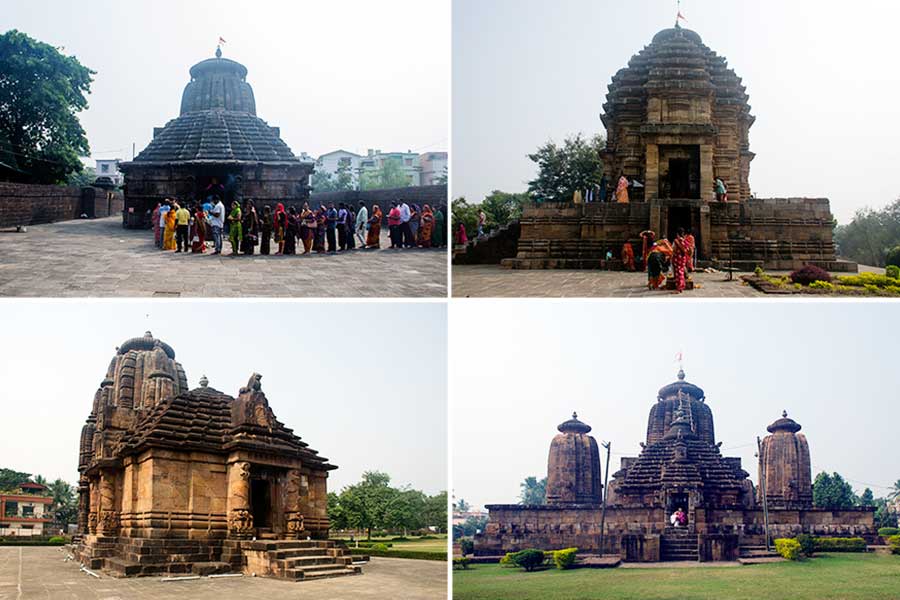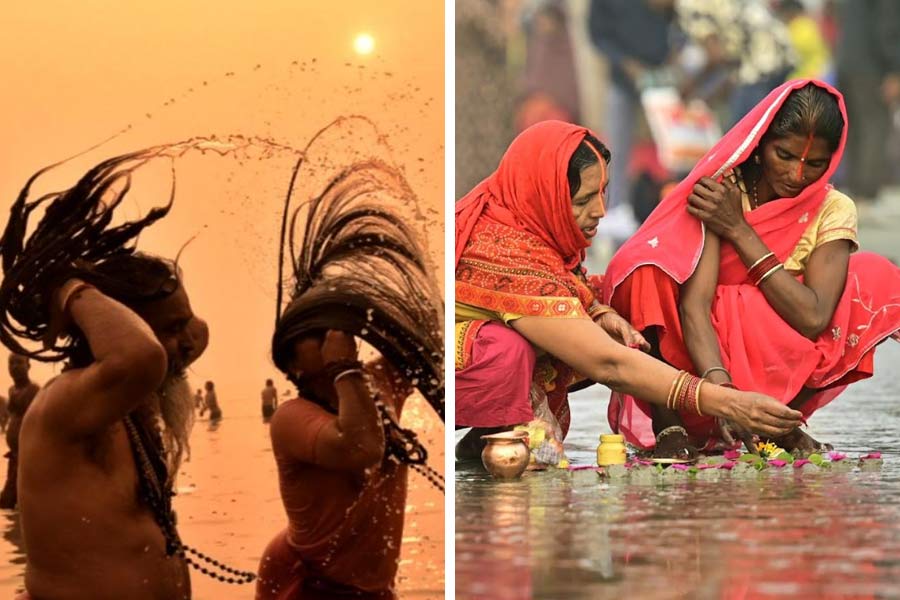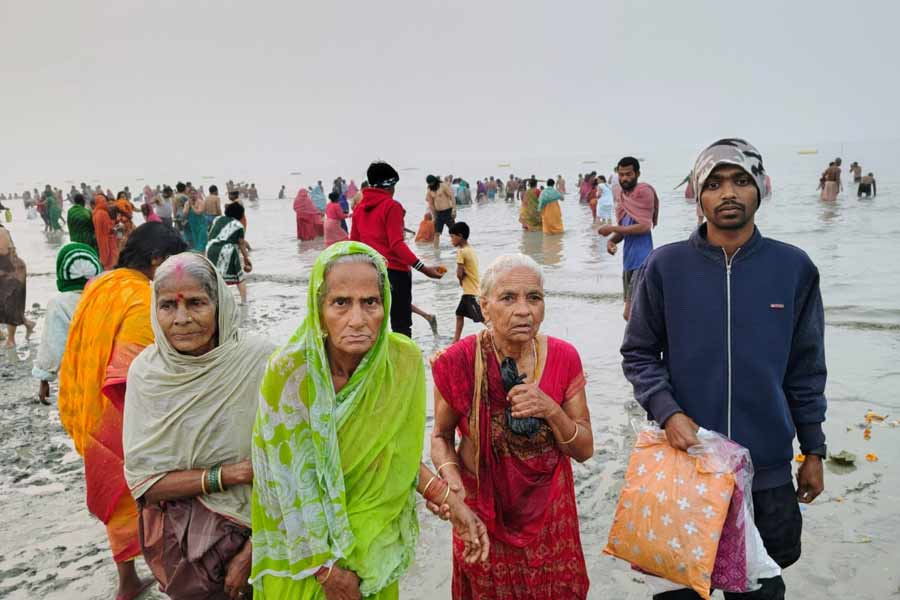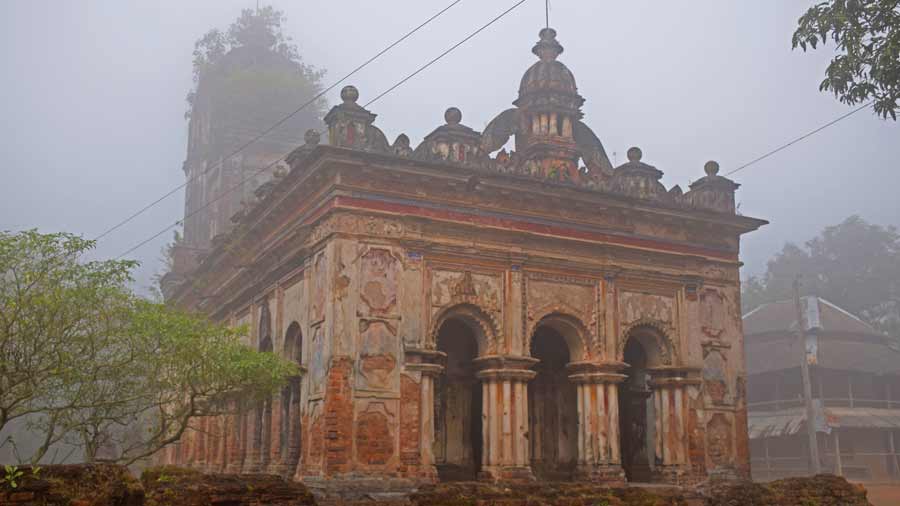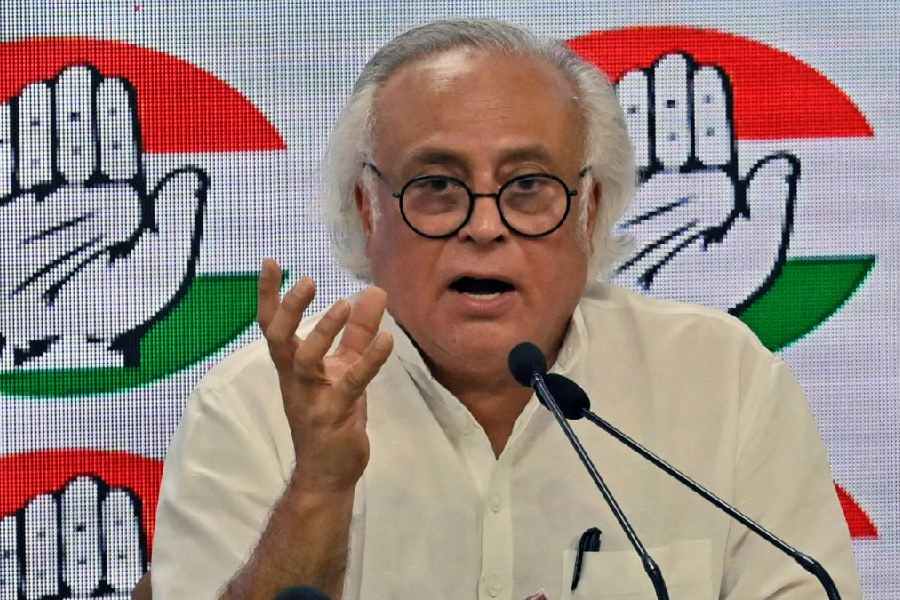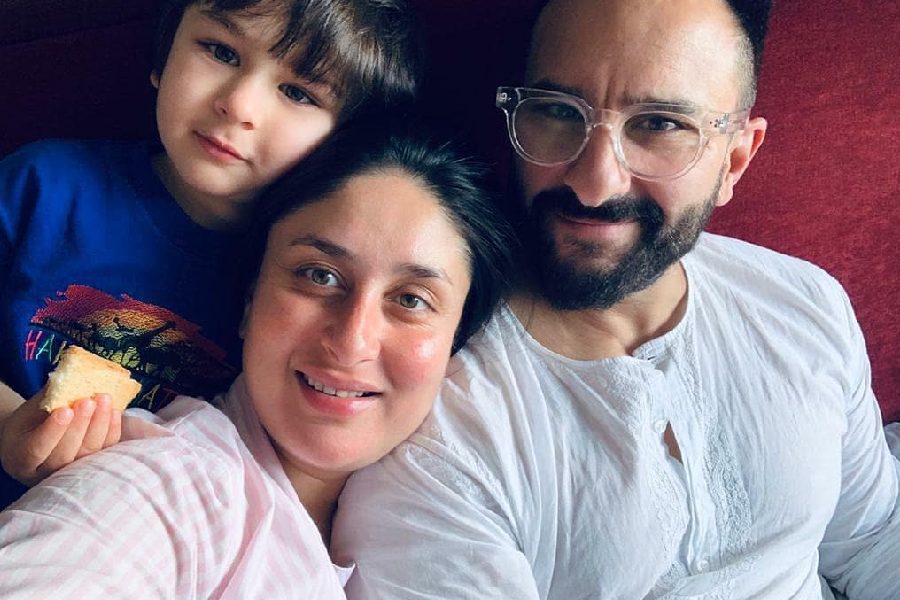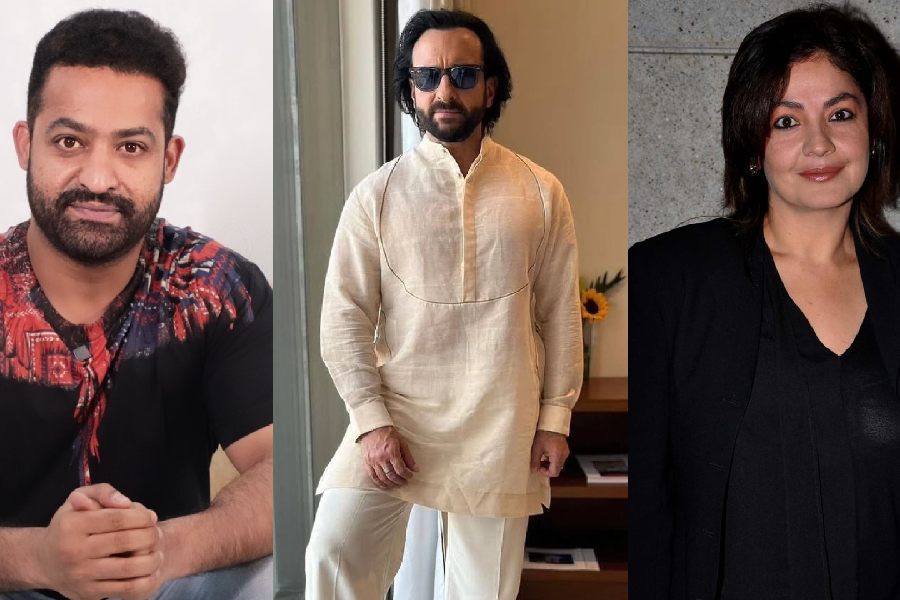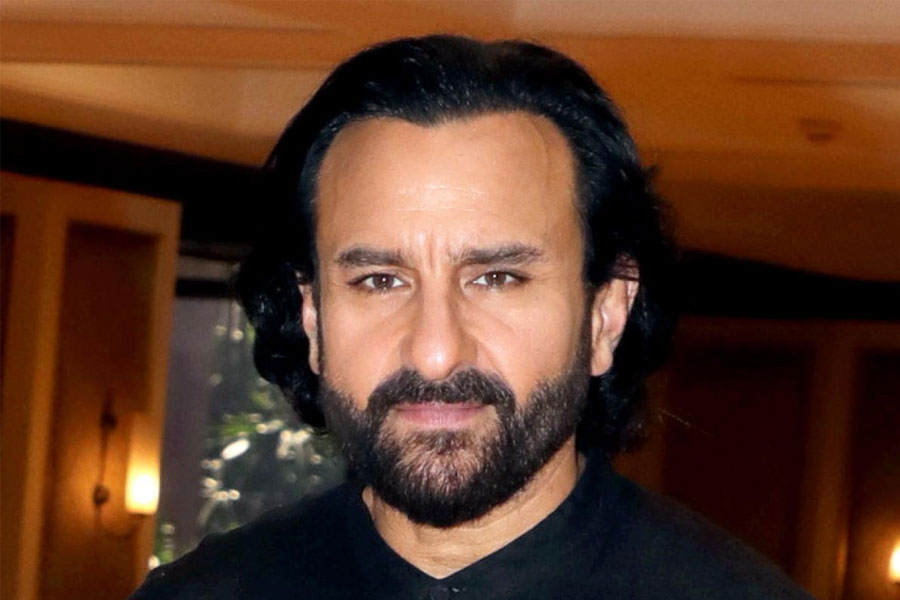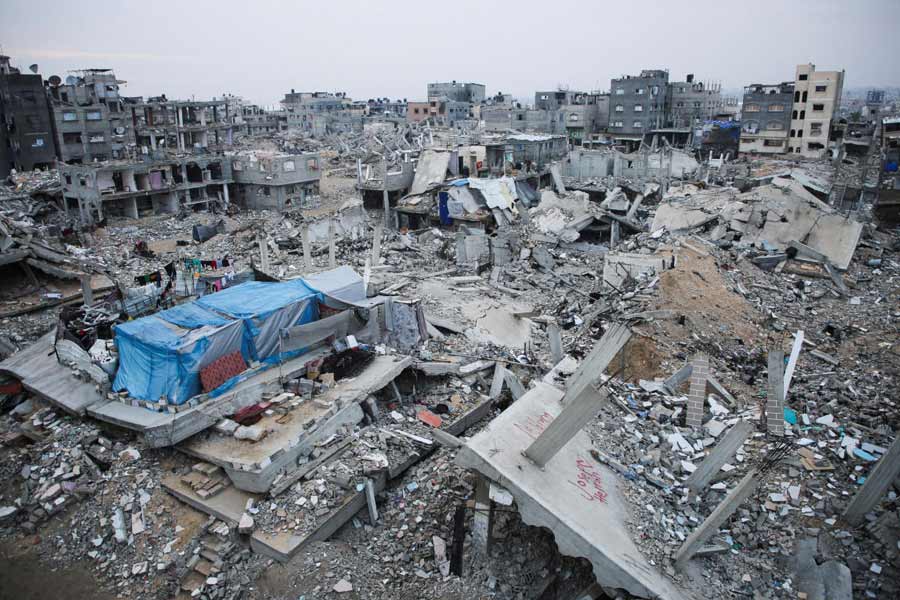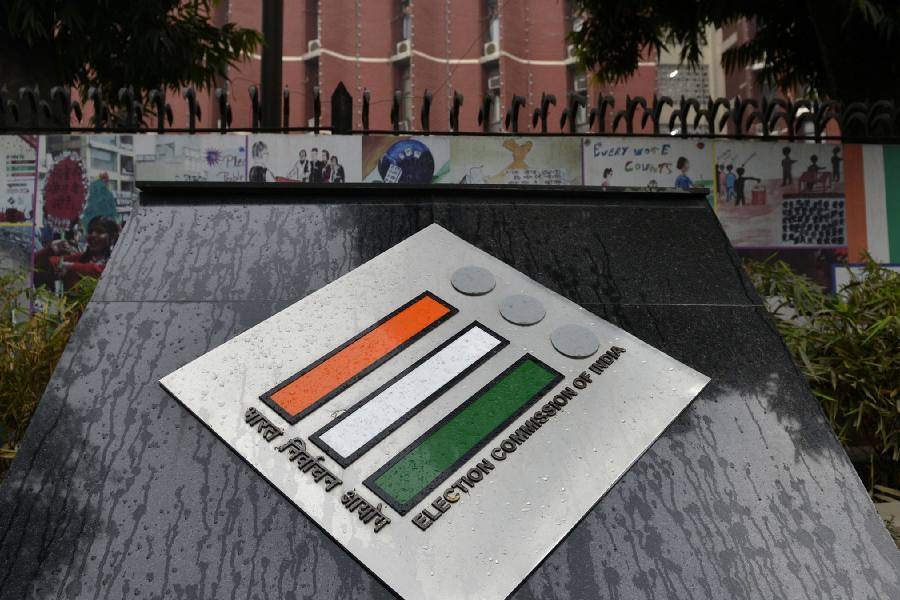Legend says Bhubaneswar once housed a thousand temples. Sadly, many of these have crumbled to dust and many more have been reconstructed into modern structures. Only a few have survived the test of time and still stands to this day. Many of these are worth a visit and can offer an interesting blend of pilgrimage and history. The visits to witness the decorations and the rituals proved precious for this correspondent, especially on Makar Sankranti.
Visiting all the temples of Bhubaneswar in a single day is an almost impossible task. So the Makar Sankranti temple of trip of Bhubaneswar had to be restricted to a certain area of the city. The south-eastern part of Bhubaneswar houses three large temples of Megheswar, Bhaskereswar and Brahmeswar. All the three are located in close proximity and can be explored on foot.
Megheswar
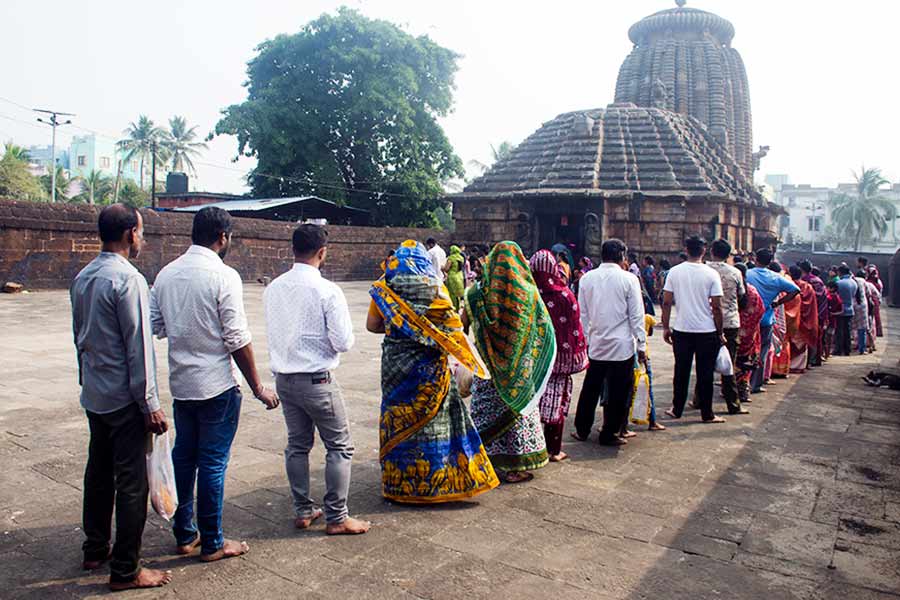
Devotees queue up in front of Megheswar temple during Makar Sankranti
It is the eastern most of the three temples. The temple dates back to the late-12th century and was constructed during the Ganga dynasty rule. The temple consists of two adjoining structures — the Jagmohan and Vimana. The Jagmohan consists of the smaller front portion topped with a stepped pyramidal spire. Behind the Jagmohan stands the Vimana with its towering curvilinear spire. The temple dedicated to Shiva has intricate carvings on the outer walls depicting Shiva in numerous postures. The carvings also include dancing girls along with various animal motifs of lions, elephants and even the mythical yalis.
Bhaskereswar
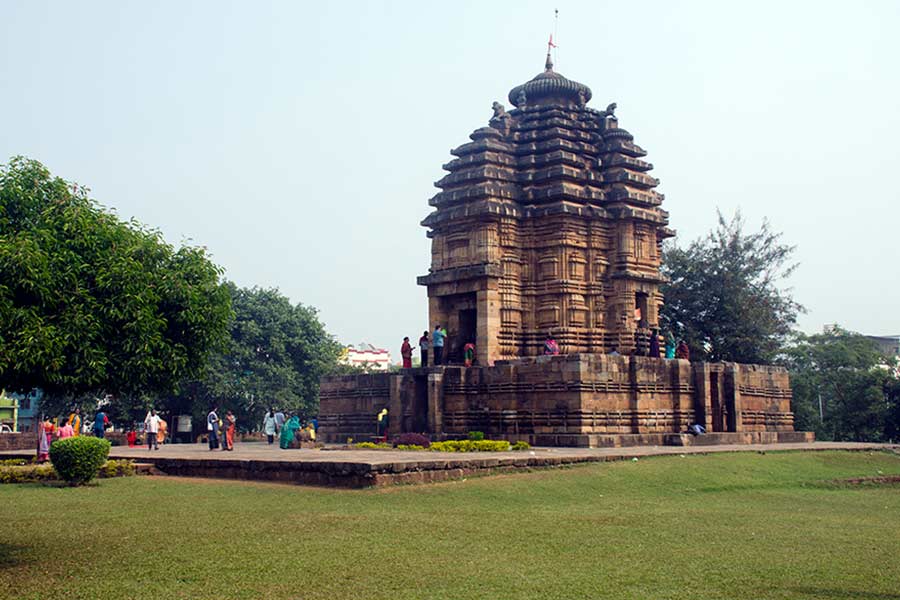
Just west of Megheswar, Bhaskereswar probably has the most unique temple structure in Bhubaneswar. The 12th century temple has no Jagmohan, something very unusual in Odia temple architecture. Historians believe that the temple stands on a site of a much older Buddhist stupa. Findings of lion capital and portion of stupa railing from near the temple justify their claim. The interiors house a shiva linga of height 3m and circumference 4m. It is a pretty unusual measurement and some historian claim it to be a broken portion of a Asokan pillar. Here also the exteriors walls have intricate carvings depicting gods, goddesses, dancing girls and animals.
Brahmeswar
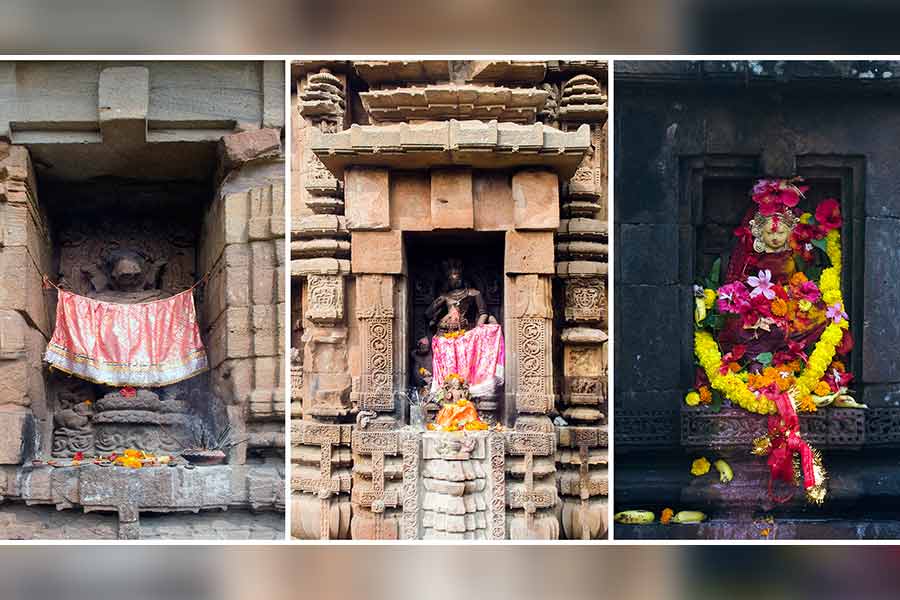
Deities wrapped in decorative clothes at (from left) Megheswar, Bhaskereswar and Brahmeswar temples
Located south of Bhaskereswar, Brahmeswar happens to be the largest and the most elaborate of the three temples. The 11th century temple is housed in a double enclosure the outer enclosure has a temple next to the entry gate. The southern side of the outer enclosure has a large water body. Apart from the main temple, the interior complex houses four temples in the four corners, thus following the panchayatana plan. The main shrine follows the typical Odia temple architecture complete with Jagmohan and Vimana. Here also, the exterior wall has intricate carvings and have a large number of panels dedicated to music and musical activities.
Makar Sankranti celebrations
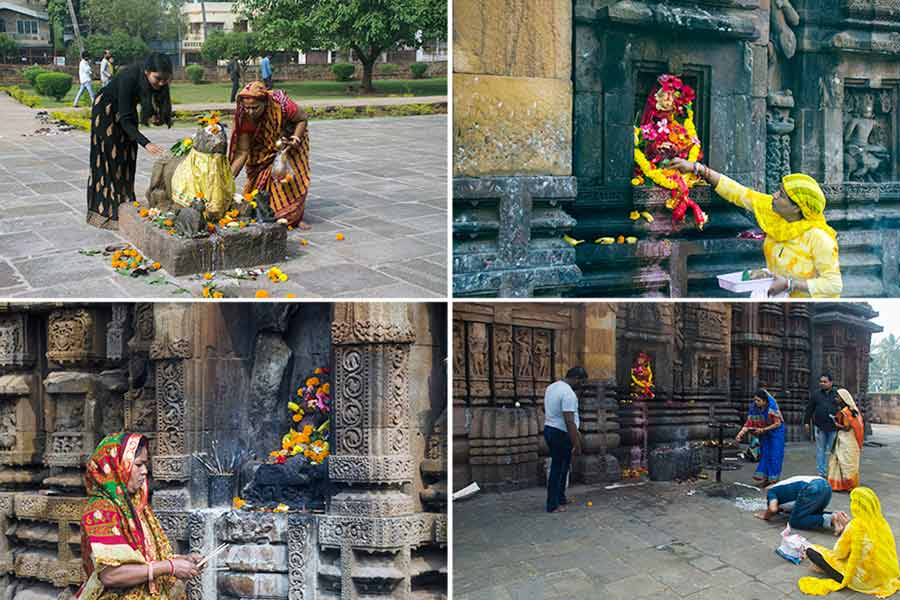
Devotees celebrate Makara Sankranti in Megheswar, Bhaskereswar, Brahmeswar temples
Makar Sankranti is a mid-winter harvest festival in south Asia associated with the movement of the sun god. The festival is observed throughout the country and the temples of Bhubaneswar are no exception. On Makar Sankantri (falls on either January 14 or 15) the otherwise quiet temples of Megheswar, Bhaskereswar and Brahmeswar are flooded with devotees.
Most come from the adjoining neighborhoods and perform various rituals at the temple complex. Temporary stalls at the temple gates sell flowers and other items needed for rituals. The shiva linga is usually bathed in milk and various other rituals are carried in the temple complex. Some of the deities on the outer walls of the temple are wrapped in beautiful pieces of decorative cloth. Devotees light candles and incense sticks and offers flowers to these decorated deities. The devotees also offer flowers and garlands to the Nandi bull located at the entrance of the temple.
Rajarani temple – away from celebrations
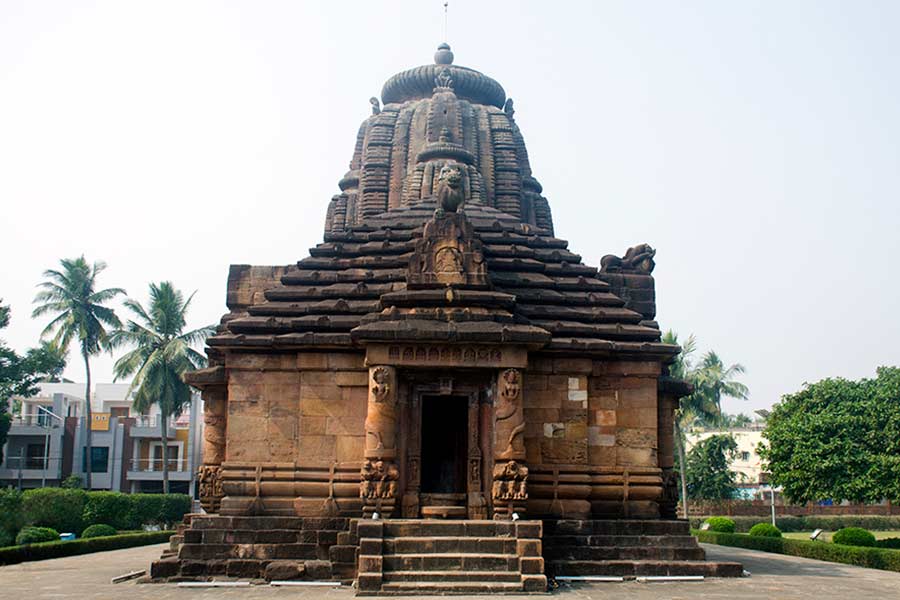
Rajarani temple exudes a sense of pristine calmness
A short auto ride connects Rajarani temple with Brahmeswar. Interestingly, there are no celebrations here. Rajarani is an inactive temple and has an empty inner sanctum. The Rajarani name probably originated from the reddish Rajarani sandstone by which the temple is constructed. Incidentally, Rajarani is the only temple in Odisha, which is constructed with the reddish Rajarani sandstone. Every inch of the exterior walls of the temple are decorated with intricate carvings. Presence of slender female figures in dancing postures are highlights of the ornamentation of the temple. The absence of crowds definitely provide an advantage to admire the beauty of this amazing temple of Bhubaneswar.

Ornamentation on the outer walls of Rajarani temple
Quick info
- Rajarani has a ticket. Indians: Rs 20 (online) and Rs 25 (cash) Foreigners: Rs 250 (online) and Rs 300 (cash)
- Photography is allowed apart from the temple interiors. During festivities, photographs must be taken without disturbing the devotees
- Megheswar, Bhaskereswar and Brahmeswar can be covered on foot (about 2km). Rajarani temple can be reached by an auto

